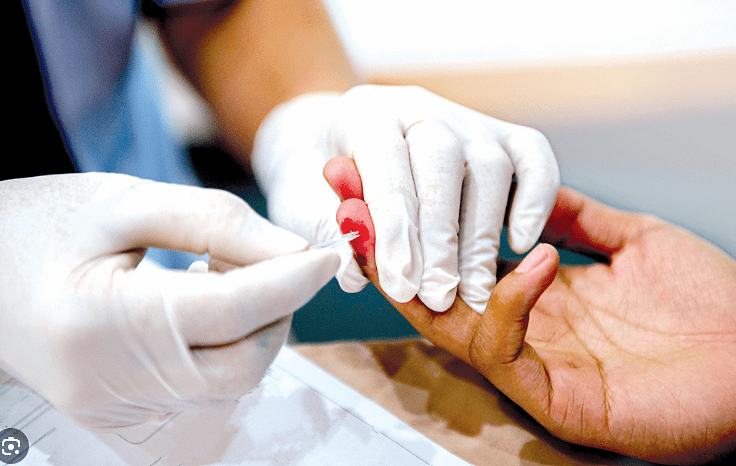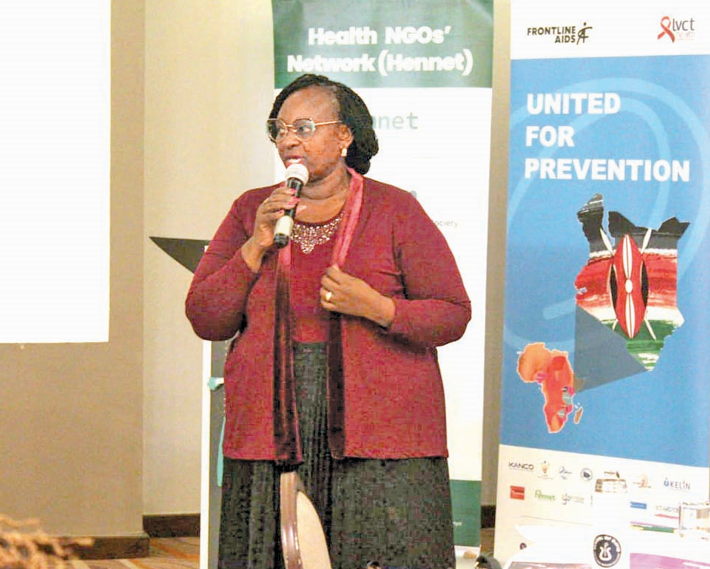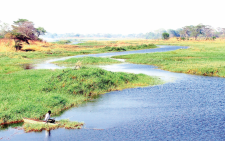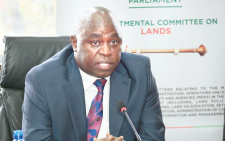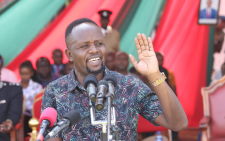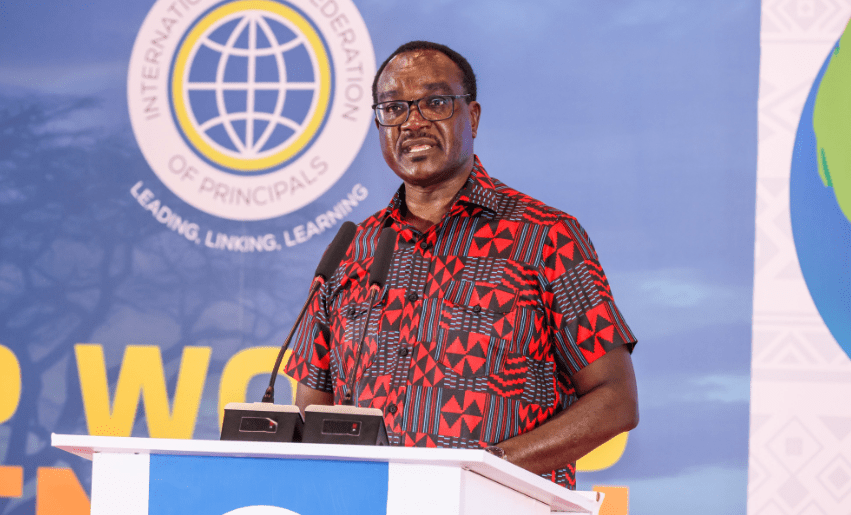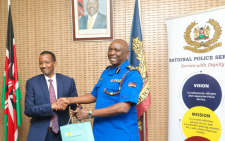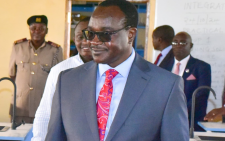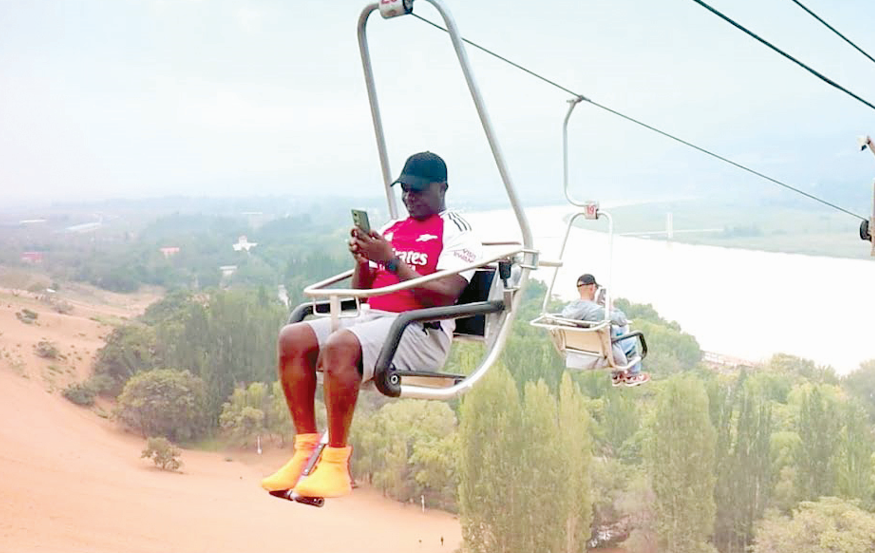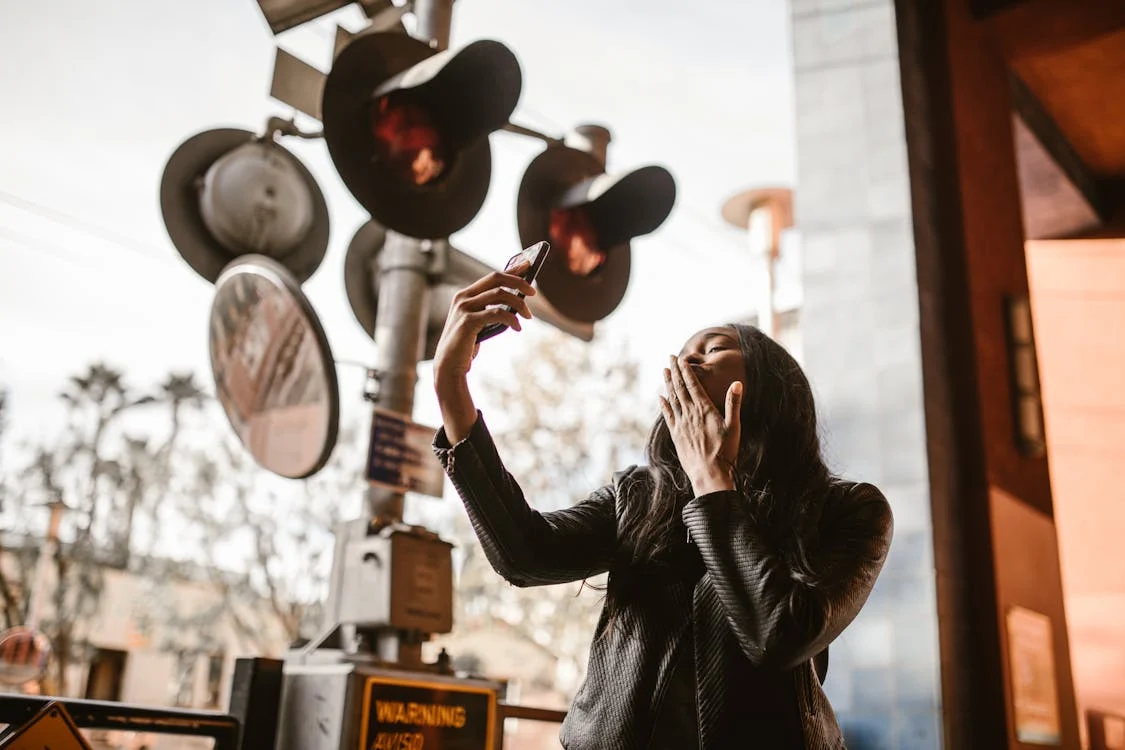We must protect our youths against sexual abuse, HIV
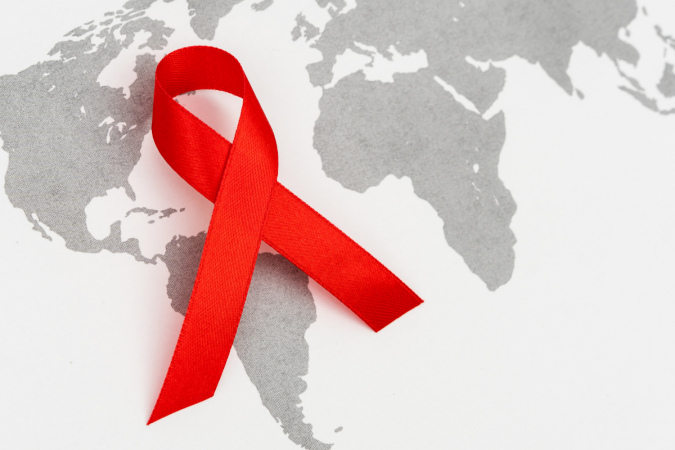
Last year a friend and HIV activist called out on me in a meeting. She said there was a village in Homa Bay where she had met close to 200 pregnant and child mothers. She said some of them had acquired HIV.
Nothing in my career had prepared me to meet the girls especially when they had gathered in one space. With my face covered under the face mask, I silently shed tears at their heart-wrenching life stories.
From the 17-year-old who had been defiled by an uncle, the 12-year-old who had been raped by boys while collecting firewood to the 10-year-old pregnant and newly infected with HIV girl who stared blankly at us, their stories were like pins of pain piercing across.
I took a two-week baby of a 13-year-old in my arms. I whispered “the world will be a safer place” for her. Clad in school uniform, the child-mother had given birth through a Caesarian section just days earlier. She said an uncle had defiled her at home but none of her close relatives believed her.
A dark-skinned girl aged about 14 said she had no sanitary towels and she was introduced by a friend to a man who offered to buy all her essential needs but he disappeared on learning she was pregnant.
The sub-chief present at this meeting graciously ushered the parents who shared their stories of desperation; the frustrating legal corridors, the pain of watching the dreams of baby girls destroyed by a monster that seems too huge to tackle and the fact that society had gone rogue. In a nutshell, all adults present seemed to lack any form of urgency to address the deep-rooted challenge.
I was too emotional. My wrath turned to the parents and guardians of girls, not only from this village but countrywide, since the story is not unique to Homa Bay.
In fact, in January and February, 45,724 pregnant girls aged 10 to 19 attended antenatal care in health facilities. Moreover, approximately 30 new HIV infections occur daily among youth aged 15 to 24. Back in my home in Kilifi, the story is not any different and the list of desperate adults continues to grow.
I was irked by the hypocrisy of all of us as adults. Not so long ago, we were engaged in national rhetoric about what we needed to do to address the teen pregnancy menace. Our response has been weakened by divergent positions on what is right and wrong for the girls and unclear pathways to deal with the reality of sexual violence, both in a preventative sense and in an after-care response.
Divided along with our religious doctrine and the communities of faith largely indifferent, the narrative often ends with the politicisation of teen sexuality.
Last December, while marking World Aids Day, President Uhuru Kenyatta was visibly angered when reacting to a plea by a young woman calling on leadership to end sexual violence, teen pregnancies and new HIV infections.
He openly called out on men to take leadership and shame those responsible for the despicable actions. While appreciating the presence and need to enforce existing legal frameworks, he appreciated that society had to do more, too.
Uhuru’s call to address the high number of teen pregnancies, gender-based violence and new HIV infections among youth is a call to all of us.
We must unlock the potential of our people to liberate society. I have recently informed the parents of the girls in Homa Bay are now champions, not just for their own children but for others too. They are no longer desperate adults but committed to addressing issues around sexual violence and teen pregnancies. This is what all adults must do—lead from the front.
At the height of the Covid pandemic, County Commissioners were tasked with the responsibility of leading and coordinating government efforts to end teen pregnancies. This was in recognition of their strategic positioning in coordinating government functions. Since then, they have led several forums to address challenges exacerbating teen pregnancies and GBV. The prioritisation of this agenda across government platforms is bearing fruit.
In January and February, we witnessed a reduction of 19 per cent (11, 021) in the number of adolescents seeking antenatal services as compared to the same period in 2021. Yet, the triple threat is still far from over. There were 317,644 pregnant adolescents in 2021 and 12,520 girls who sought sexual and GBV services. The statistics are disturbing, and we must all lead with practical solutions to save our future.
— The writer is CEO of the National Aids Control Council

